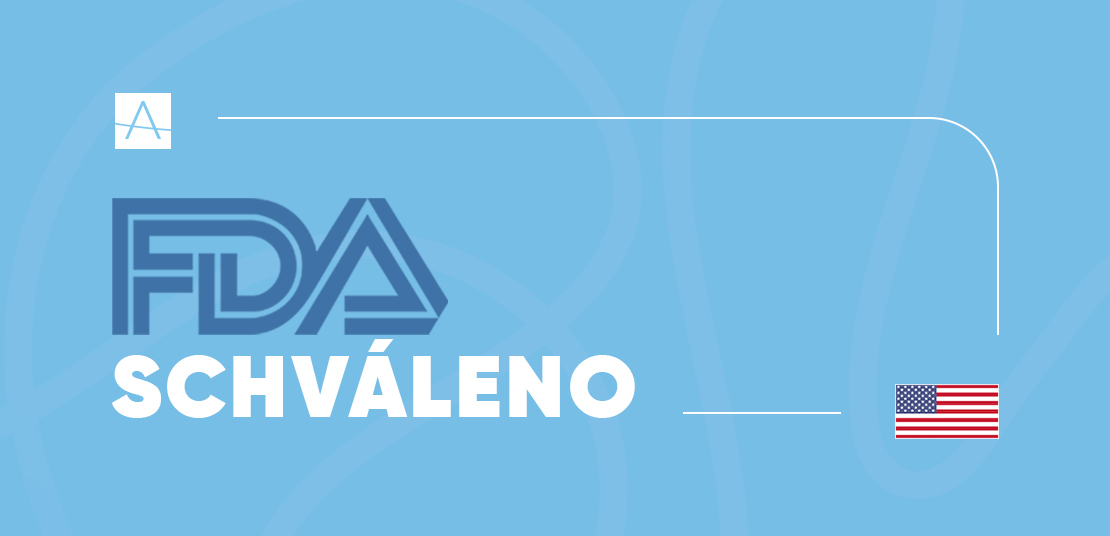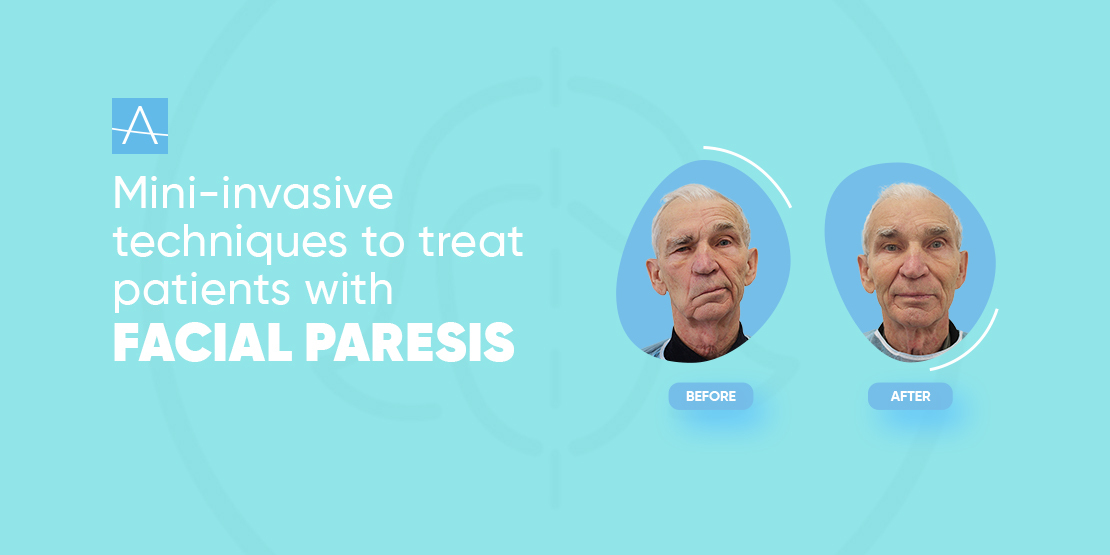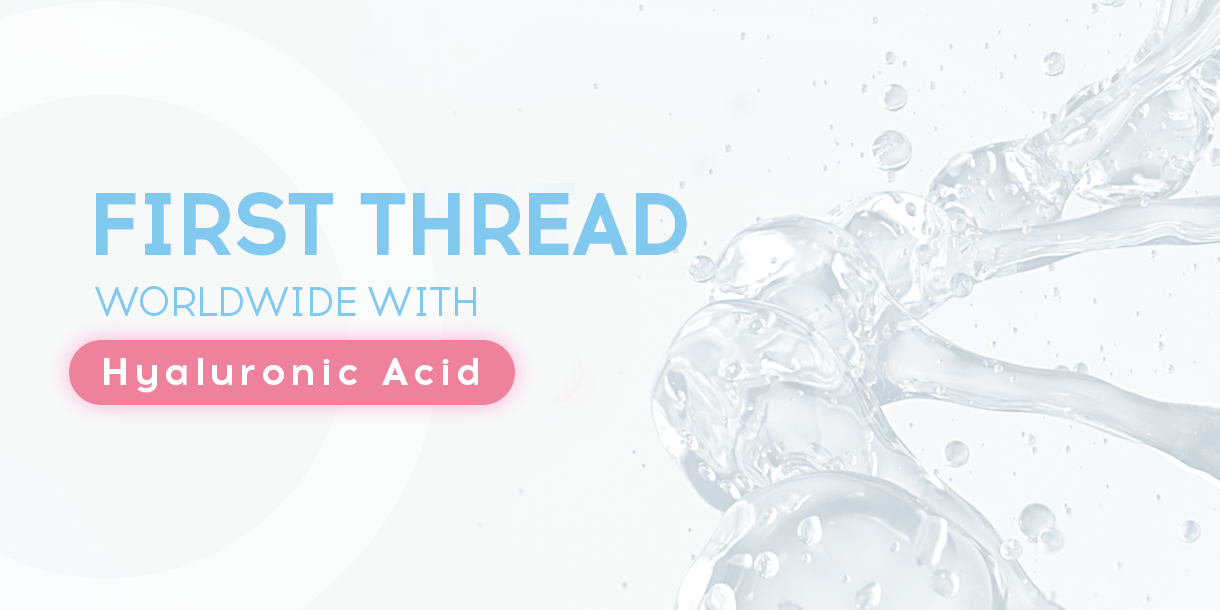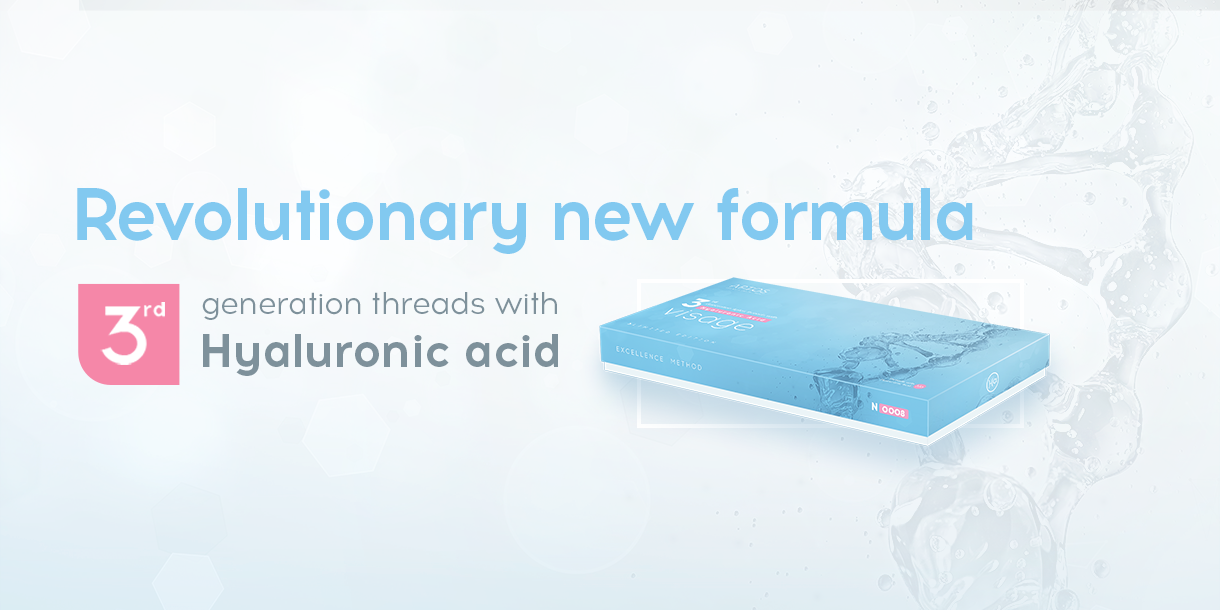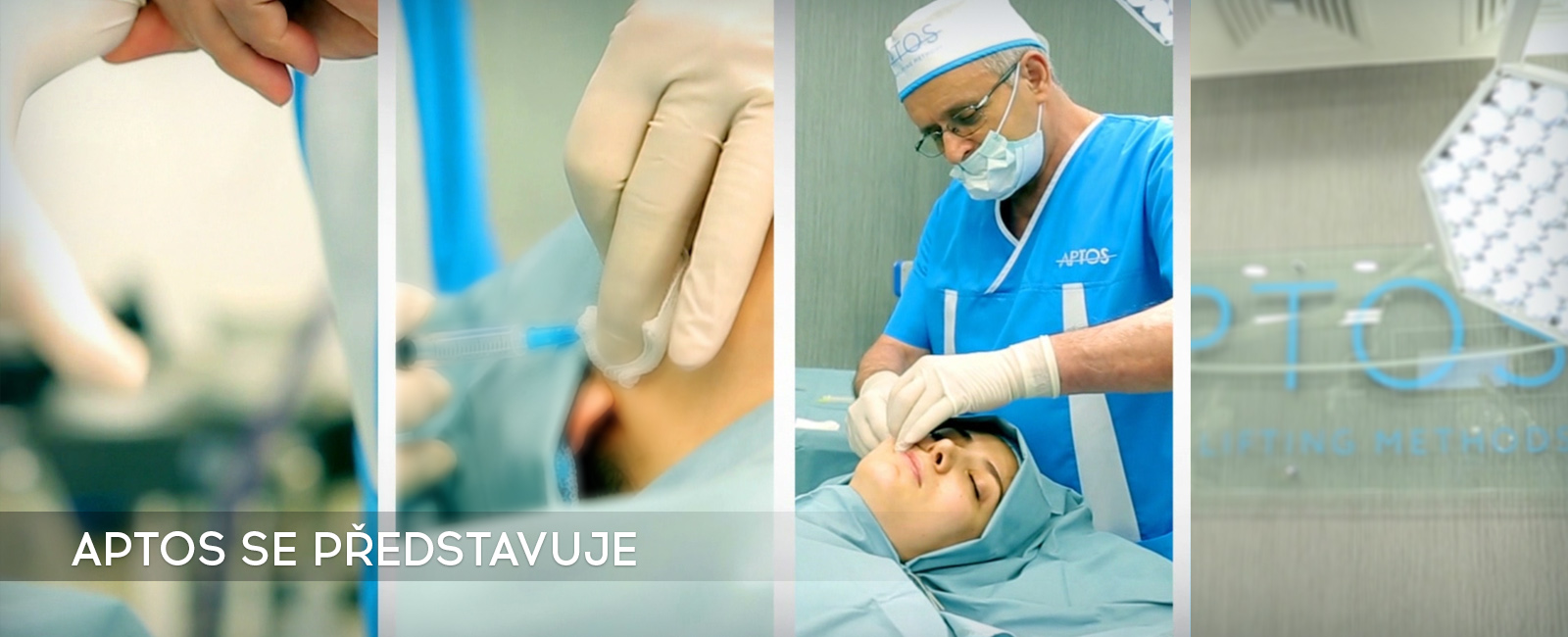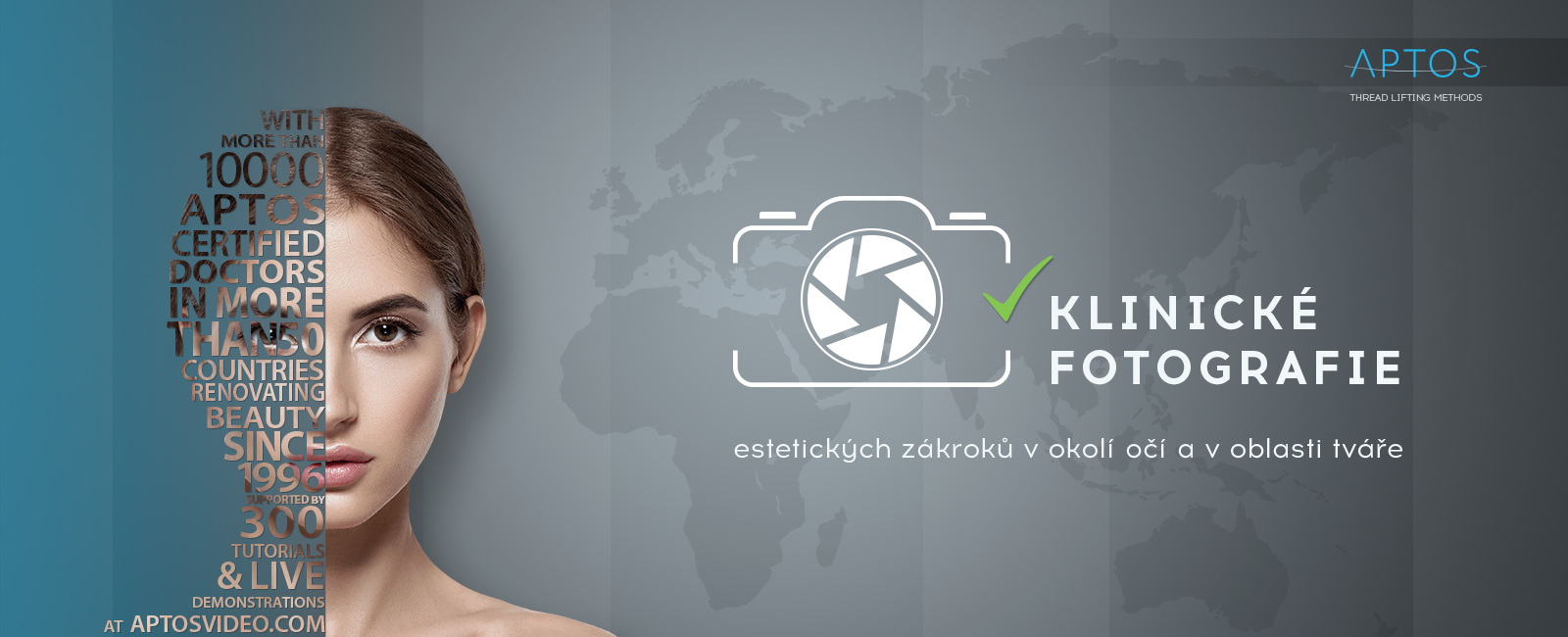The thread lift is an exciting new technique used to lift and tighten sagging facial tissue. This non-surgical alternative is growing in popularity. Specialized threads are inserted and attached into the deeper tissues of the skin and, if positioned properly, create a firming and tightening effect. An added benefit is that threads stimulate the formation of collagen. Compared to surgical face lifting, thread lifting involves far less trauma. There are no visible scars. No skin is cut away. The procedure is quick (20 to 40 minutes depending on how many threads you are having inserted) and has a low risk of infection. The initial results are seen immediately, and results continue to improve, as the collagen and elastin form and mature. Thread lifting can last anywhere from 18 to 24 months, but some people report effects for even longer.
How does it feel?
A local anaesthetic is first gently injected to make sure you don’t feel any pain during the procedure. Following that, you’ll feel a light tugging on the skin. After the procedure, you may have some mild bruising and swelling for two to three days which ice packs will take care of.
The goal is not only lifting of sagging skin, but also a regenerative process that leads to the production of a patient's own collagen, which rejuvenates the skin. The threads generally have a skin supporting, tightening and brightening function.
3rd Generation Threads with Hyaluronic Acid
P(LACL)HA thread is improved formulation, which ensures additional benefit for the skin. Skin elasticity and texture is visible right after thread implantation.
Elastin
Elastin is fibrillar protein, one of the most important components of derma intercellular matrix. Elastin contains atypical amino acids – desmosine and isodesmosine. Elastin structure ensures skin turgor and elasticity. Due to tissue reaction (increased elastin content in the dermis), the face looks younger and fresh.
Collagen
Collagen is the most abundant protein in the body, and gives structure not only skin, but also bones, muscles, and all other connective tissue. Body produces less of it as you get older, which results in fine lines and wrinkles.
Hyaluronic acid
Hyaluronic acid is a natural ingredient of human skin. It is produced by fibroblasts which make the structural framework for human tissues. Hyaluronic acid fills intercellular areas and makes perfect environment for skin cells. It is also responsible for stimulating the production of collagen and protecting all skin elements from exposure to free radicals. Hyaluronic acid also contributes to tissue hydrodynamics; it is responsible for the amount of water tied in the skin which makes it an ideal moisturizing factor. However, over time human skin begins to lose its natural resources of hyaluronic acid which affects the work of fibroblasts. Consequently, the amount of collagen decreases which makes human skin lose its volume.
P(LACL)HA thread insertion provides ongoing and progressive rejuvenation for the facial tissue. Patients who have a thread lift will notice a gradual improvement in their skin's tone and firmness. While their threads are in place, the body's healing response will be constantly activated. The body is biologically programmed to react this way when it senses any foreign object present within the dermis. Fortunately, because the threads placed under the skin during a thread lift are so small, the patient will not feel any of this happening. Most people cannot feel their sutures at all once the skin has healed around them.
*Always consult your physician before applying any treatment.
Contraindications:
• Autoimmune diseases
• Blood disorder (Hemophilia), Anticoagulant intake
• Collagenosis
• Ischemic heart disease, second, third degree arterial hypertension
• Inflammatory processes, tumor mass in the expected intervention area
• Susceptibility to keloid and hypertrophic scar formation
• Aggravation of any chronic diseases
• Pregnancy, lactation period
• Earlier implanted non-absorbable threads in the area of correction
• Idiosyncrasy to materials used for correction
Adverse reaction:
Possible adverse reaction may be minimal inflammation with swelling and possible redness in the area of application for 24-72 hours, allergic response in certain patients, transient local irritation at the wound site, erythema and induration.





